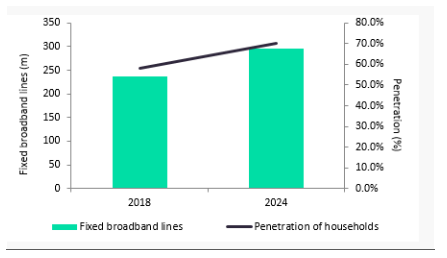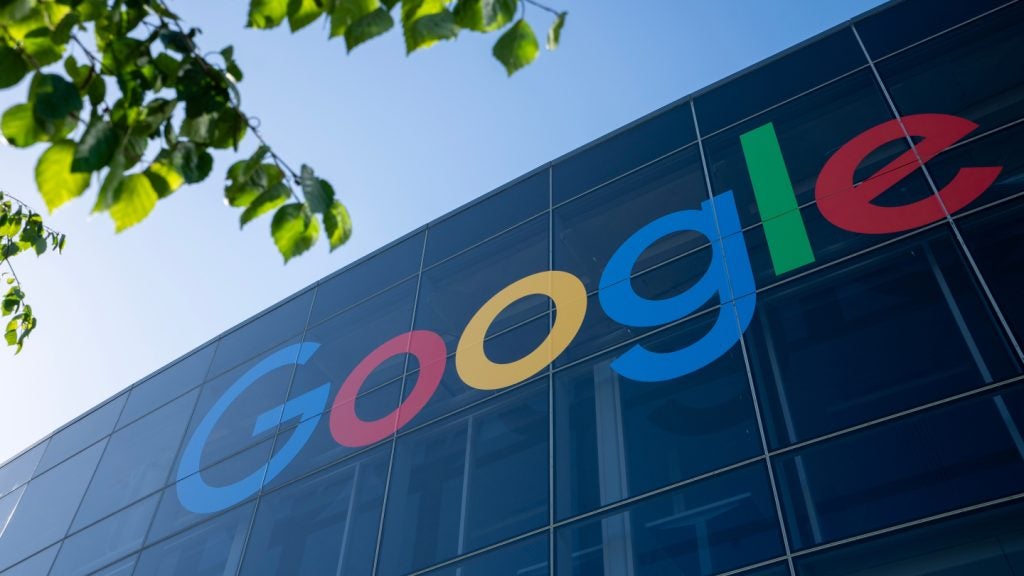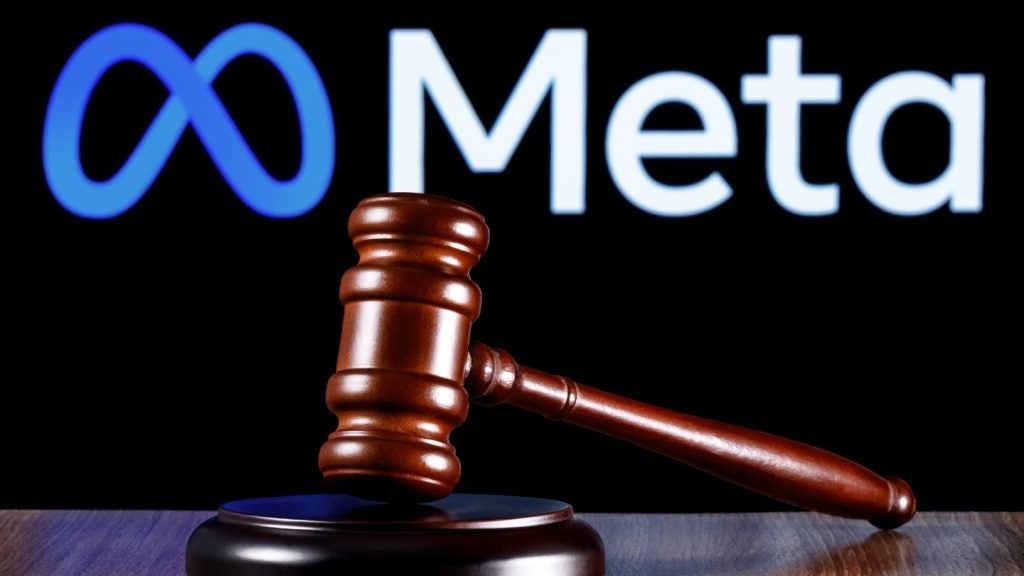The aggregate fixed broadband penetration of the population in Europe was 58.3% in 2018 and is expected to reach 70% in 2024.
EU broadband adoption
This uptake is supported by telcos’ building their fixed broadband infrastructure, through fibre delivery (FTTx) and cable rollouts to meet growing consumer data demands.
The European Union (EU) is taking steps to accelerate fixed broadband adoption by setting targets to all member states as a part of its Europe 2020 strategy.
Member states are committed to delivering minimum speeds of 30 megabits per second (mbps) to the entire population by 2020 and minimum speeds of 100Mbps to 50% of households by 2025.
The next milestone is to deliver 100Mbps speeds to the entire population and 1Gbps to 50% of households by 2025. Countries outside of the EU are adopting similar targets to stay competitive.
Telecom operators are not only deploying new fixed infrastructure but are also upgrading existing broadband networks by migrating from ADSL to VDSL2 and G.Fast technologies or from HFC to DOCSIS 3.0.
How well do you really know your competitors?
Access the most comprehensive Company Profiles on the market, powered by GlobalData. Save hours of research. Gain competitive edge.

Thank you!
Your download email will arrive shortly
Not ready to buy yet? Download a free sample
We are confident about the unique quality of our Company Profiles. However, we want you to make the most beneficial decision for your business, so we offer a free sample that you can download by submitting the below form
By GlobalDataIn sparsely populated areas, where the business case for fixed wireline broadband cannot be made due to high CAPEX costs and time to develop, telcos often use 5G fixed wireless access (FWA) as a financially viable alternative.
In the chart below, GlobalData illustrates the evolution of fixed broadband lines, fixed broadband penetration of households in Europe for the years 2018 and 2024.









